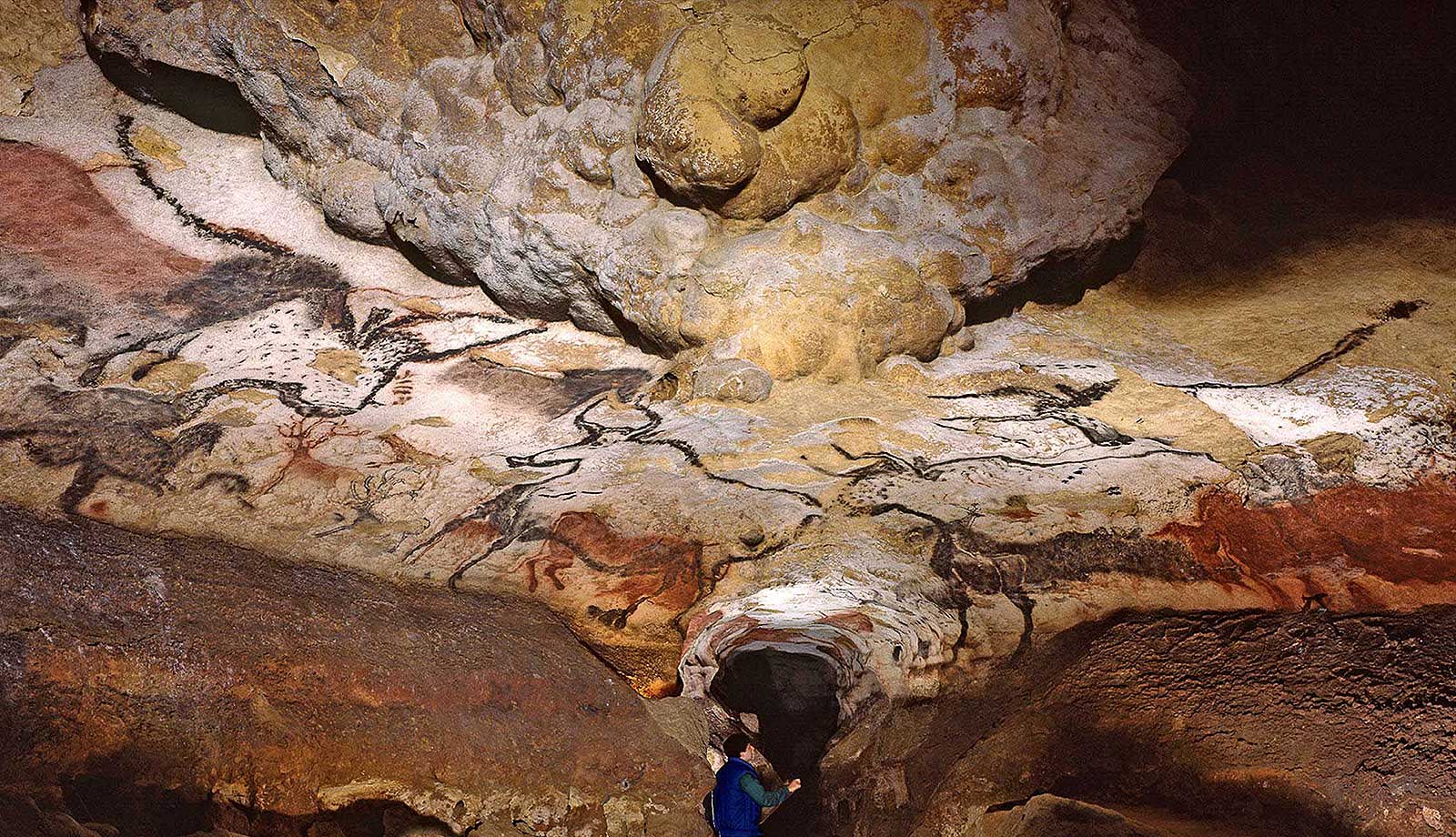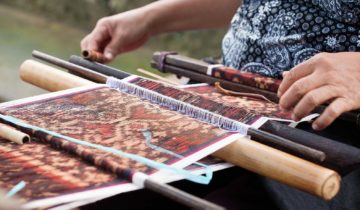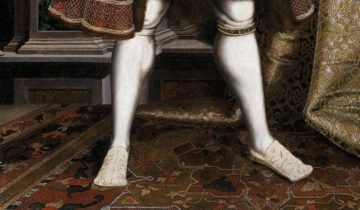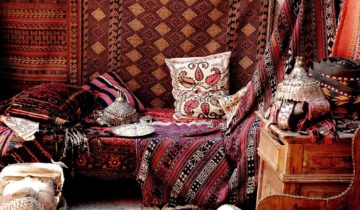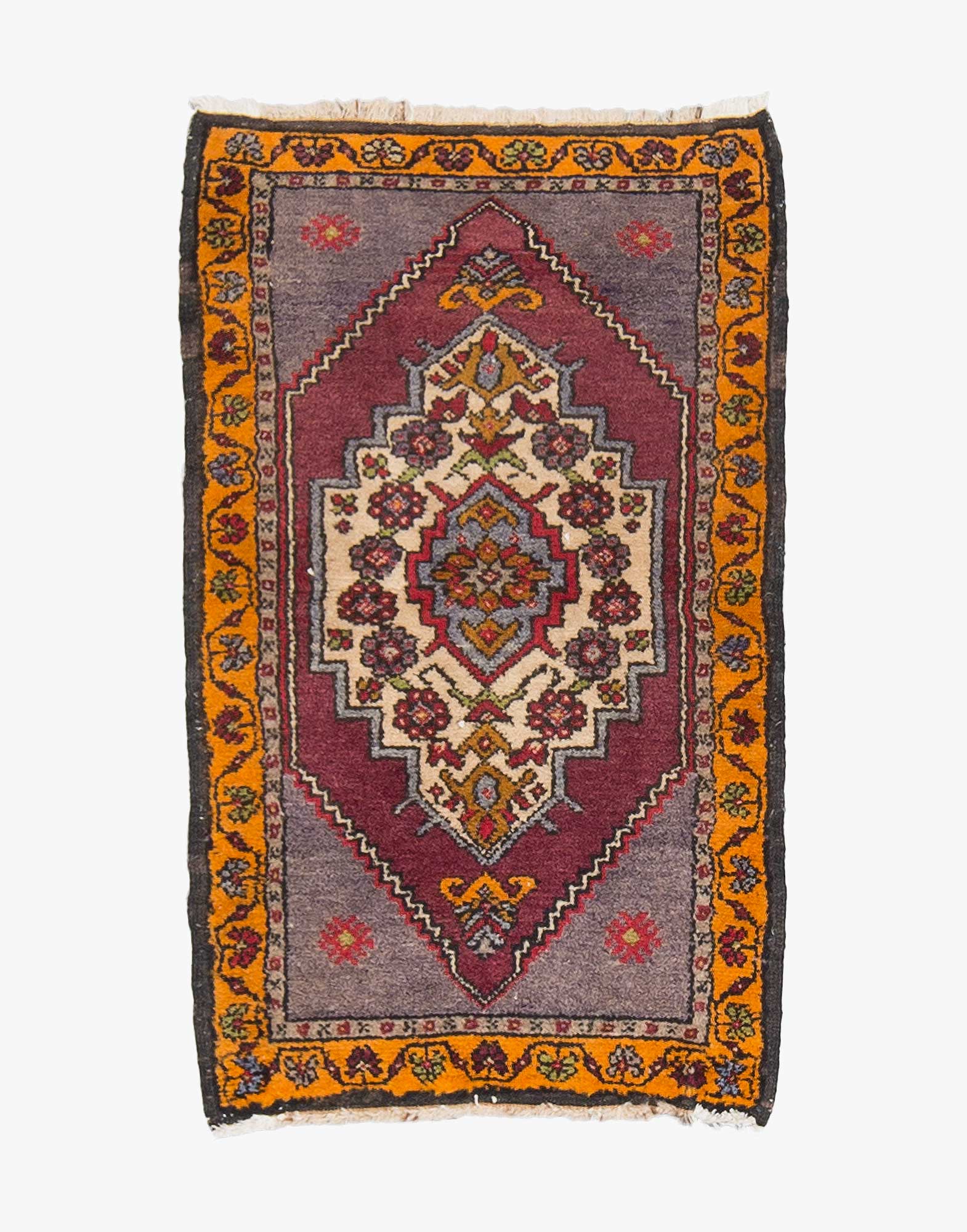At Çatalhöyük an incredible fresco of seven caves was discovered, dating back to sometime around 7000 BC and changing what we know about civilization, and kilims, forever. What is most interesting about the fresco is the symbolism involved in it and how remarkably similar it is to modern symbols used throughout Anatolia. The primary of these symbols is that of the Mother Goddess, which appears throughout kilims and is all over weaving throughout history, though many other symbols come out of the Mother Goddess that are equally common, as we shall see.
In the first part of the image, on the stomach of the Mother Goddess has an intersecting pattern, resembling a spiral. This spiral pattern is very common in kilims, and represents the notion of evolution from a single starting point. Evolution is continuing and cyclical, but there’s also a unique beauty and energy to it as it spans out.
In this case what is interesting is the double spiral which forms the origins of labyrinth images as well as that of the swastika which went from Buddhism into the modern world. This double spiral reflects evolution as well as its reverse as lines lead both outwards and inwards. The symbolism of opposite lines reflects life as much as death, all of which are represented in total by the Mother Goddess who herself is such a representation. These themes of spirals and dual spirals are incredibly common throughout Anatolian kilims, making it so fascinating that these symbols appear to be over 8000 years old.
The second cave has the goddess separated, again representing opposites (and the colors are also opposing). This notion and symbolism of opposites applies also to themes such as birth/childhood as opposed to aging and death, which are also fairly common in more modern weaving.
The third cave bears the image of two horns, in this case bulls’ horns but they have an unmistakable resemblance to the ever-common motif of ram’s horns that one finds as one of the most common motifs in Anatolian kilims right through the modern period. The Mother Goddess is placed between the horns, representing the energy of life and again the notion of vitality and fertility.
The final cave, again, brings the paintings full circle back to the first with an egg representing life and death and how our world is totally controlled by both forces, with shapes surrounding the egg bearing similarities to shapes that dominate Anatolian kilims, often times themselves surrounding similar representations such as the Tree of Life.
